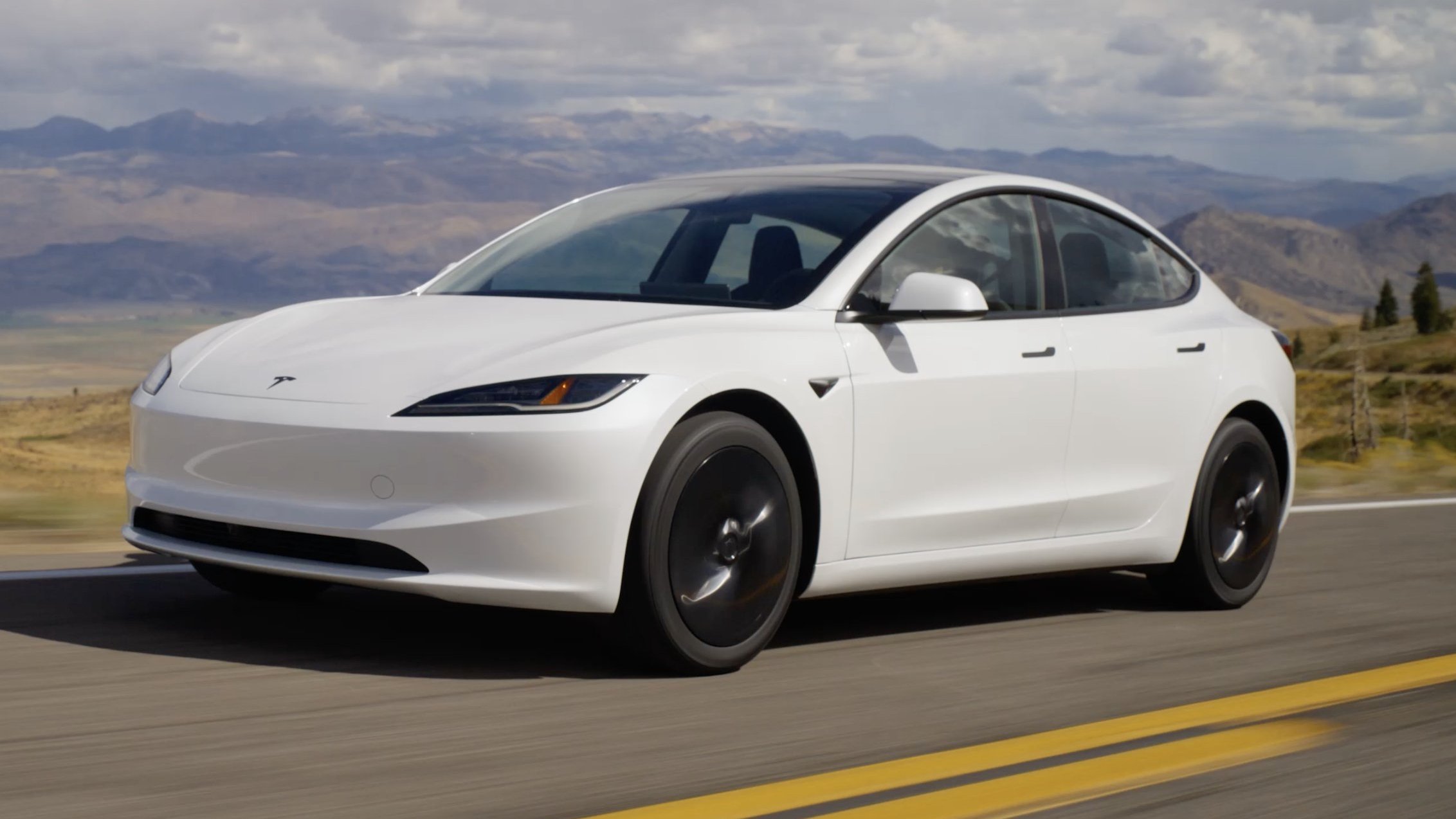At the beginning of May we were able to enjoy a very unusual phenomenon: aurora formation much further from the poles than usual. This was due to the fact that we are in the midst of a surge in activity of the current solar cycle. Royal star area affected sunspots, known as AR 3664 was responsible for the solar flares that colored the sky. Unfortunately, the movement of the Sun and our own planet has pushed these spots away from us for several weeks. However, they have now pointed in our direction again, so there is anticipation for what may happen in the coming days.
The region, renamed AR 3697, has already experienced several solar flares since the sun became visible again. May 27. Unfortunately, no coronal mass ejections responsible for the formation of auroras have been detected. However, the likelihood of this happening is quite high.
Also, sunspots are around at this time center of the solar disk, therefore, any flare or coronal mass ejection will go straight to Earth. We’ll have to wait, but let’s not rule out the possibility of even more auroras appearing in our skies.
How are auroras formed?
Solar activity continues cycles are approximately 11 years. During this time, it goes from a very quiet moment, with almost no solar flares, to a much more intense one around the middle of the cycle. After this, activity begins to decline again.
solar flares may cause what is known as coronal mass ejection. This is a release of solar plasma and charged particles, which, upon reaching the Earth, are displaced by it a magnetic field. It is more intense in the center and weaker at the poles, so it is usually through the poles that charged particles manage to penetrate. Once there, they excite gas atoms in the atmosphere, causing the release of radiation in the form of light of different colors. Here’s how Northern lights in the northern hemisphere and southern lights in the south.
Now, if the activity of the Sun is very intense, these radiations and charged particles can be powerful enough to pass through the Earth’s magnetic field even in much more protected areas. This is exactly what happened in early May, when we were able to see auroras in many places around the world, including Spain and Mexico.
Spectacle of solar flares
Solar flares are sudden bursts of electromagnetic radiation that occur on the surface of the Sun in highly active regions known as sunspots.
There are five types known as A, B, C, M or Xdepending on the peak of its X-ray flux. The most intense are type X, and the weakest are type A. It is logical that coronal mass ejections occur with very intense flares, so they are more common in type.

Since May 27, when the spot was discovered again, 4 X-type flashes, 2 M-type flashes and 10 C-type flashes were registered.. At the moment, no coronal mass ejection has been detected. However, it is possible that there will be even more Type X flares. In fact, it is estimated that the maximum peak of the solar cycle has not yet occurred, so we can expect high intensity. If this sunspot region doesn’t do it, then perhaps another does, but the Sun still has a lot of energy to expel. When this happens, will it be in the right place to cause auroras like the ones in early May? We do not know. But perhaps the most exciting part of this whole story also lies in this mystery.
Source: Hiper Textual












